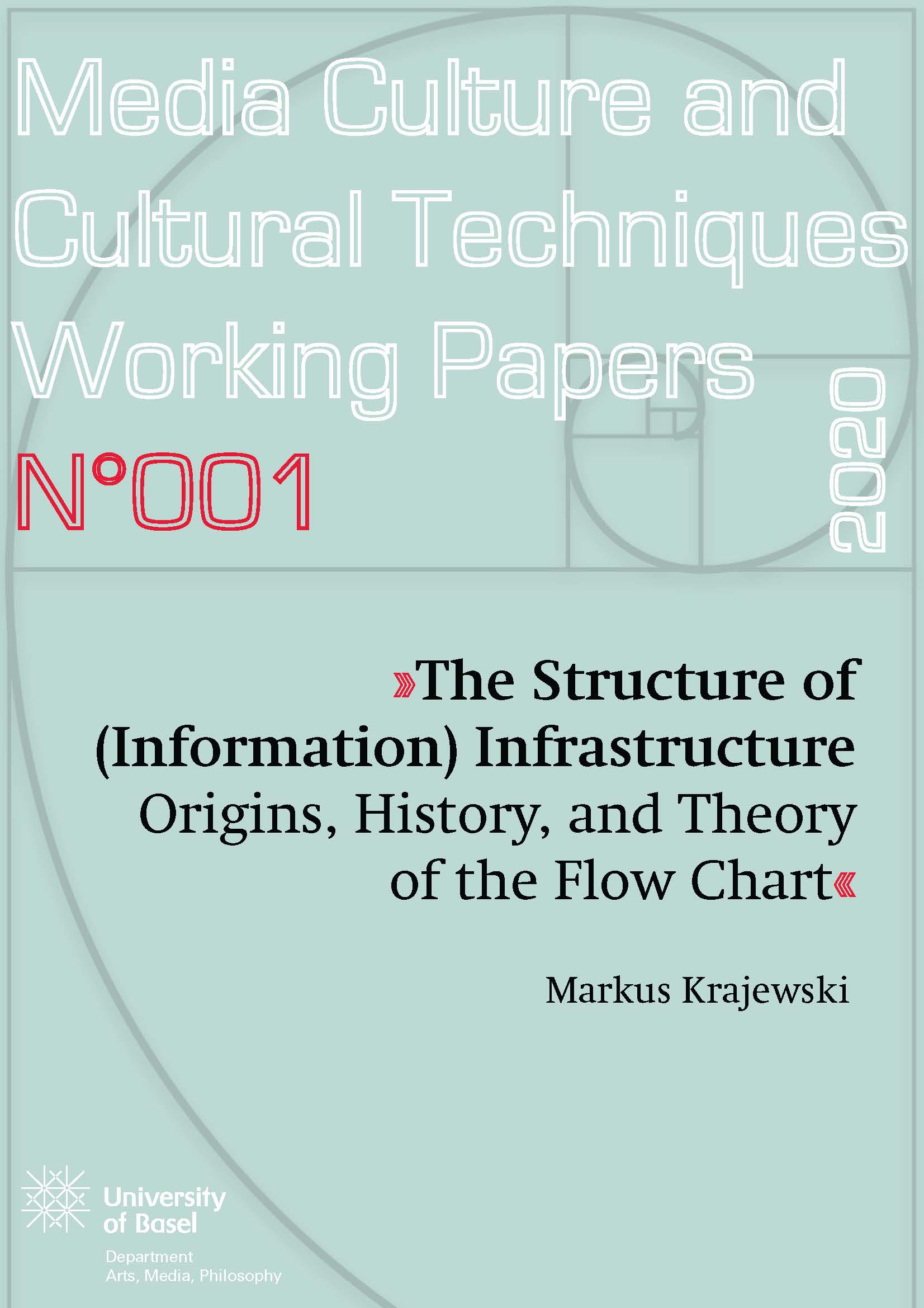Nr. 001 (2020): Markus Krajewski: The Structure of (Information) Infrastructure. Origins, History, and Theory of the Flow Chart
It’s no wonder that—alongside multiple wagons and about 400 horses—Napoleon’s baggage train and that of his closest generals and assistants consisted of more than forty mules »that carried or pulled tents, feld beds, offices, lockers, medicine, silverware, kitchens, a wine cellar, and a blacksmith’s shop; further, the group was made up of secretaries, officials, servants, cooks, and stable grooms as well as about 130 horses for the Emperor and his adjutant generals.« These are the things that make up the infrastructure of a smoothly running communications system, which, as history in general and the history of media in particular teach us, is indispensable for successfully governing an empire. How did Napoleon use these media of governance that outfftted his (mobile) command center, which was called the »Palais« even in the field?

